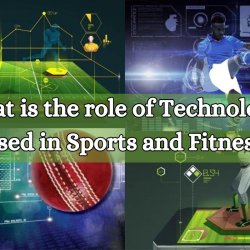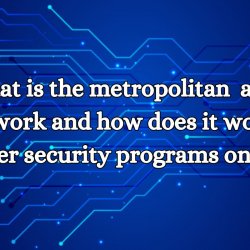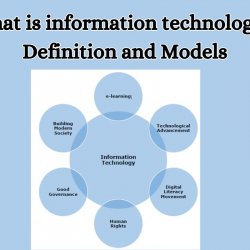What are the characteristics of spatial computing?


What are the characteristics of spatial computing?
In the ever-evolving landscape of technology, spatial computing has emerged as a transformative force, reshaping the way we interact with digital information and the physical world. Let’s delve into the characteristics that define this groundbreaking paradigm.
1. Immersive Experiences: Bridging the Physical and Digital Realms
- Beyond Screens: The Immersive Era
Spatial computing immerses users in digital experiences that seamlessly integrate with the physical environment. Augmented reality (AR) and virtual reality (VR) technologies play a central role in creating immersive environments where digital information overlays and interacts with the real world.
2. Spatial Awareness: Contextual Understanding of the Environment
- Machines that See and Understand
One of the key characteristics of spatial computing is its ability to understand and interpret the spatial context of the user’s surroundings. Through sensors, cameras, and other data inputs, devices gain spatial awareness, allowing them to respond intelligently to the physical space and objects around them.
3. Interaction with 3D Objects: Beyond Traditional Interfaces
- A Touch of the Tangible
Spatial computing goes beyond traditional interfaces by enabling users to interact with three-dimensional digital objects as if they were physically present. This characteristic allows for more intuitive and natural interactions, breaking free from the limitations of 2D screens and input devices.
4. Dynamic Mapping: Real-time Adaptation to the Environment
- Mapping the Unseen: Dynamic Spatial Understanding
Spatial computing involves the continuous mapping and updating of the physical environment in real-time. This dynamic mapping capability enables applications to adapt to changes in the surroundings, creating a more responsive and context-aware user experience.
5. Sensor Fusion: Integrating Multiple Data Sources
- The Symphony of Sensors
Spatial computing relies on sensor fusion, combining data from various sensors such as cameras, accelerometers, and gyroscopes. This integration enhances the accuracy of spatial mapping and contributes to a more comprehensive understanding of the user’s context.
6. Wearable Technology Integration: Computing On the Move
- Beyond Devices: Wearables as Spatial Companions
Wearable devices play a crucial role in spatial computing, allowing users to carry the computing power with them. Smart glasses, AR headsets, and other wearables bring spatial experiences into everyday life, transforming the way we work, learn, and navigate the world.
7. Collaborative Spatial Computing: Shared Virtual Spaces
- Working Together in the Digital Realm
Spatial computing facilitates collaborative experiences by creating shared virtual spaces where users can interact and collaborate in real-time, regardless of physical distance. This characteristic is revolutionizing remote work, education, and social interactions.
Conclusion: Beyond Screens, Into Spaces
As we navigate the digital frontier, spatial computing stands as a beacon, guiding us into a future where the boundaries between the physical and digital worlds blur. The characteristics of spatial computing, from immersive experiences to dynamic mapping, are propelling us towards a new era of interaction and engagement. Embracing these features opens doors to innovative applications across industries, promising a future where the digital and physical seamlessly coexist. In the realm of spatial computing, the journey is not just about what we see on screens; it’s about the spaces we explore and the experiences that unfold within them.
FAQs about Spatial Computing
What is the purpose of spatial computing?
- The purpose of spatial computing is to seamlessly integrate digital information with the physical world, providing users with immersive and interactive experiences that leverage technologies like augmented reality (AR) and virtual reality (VR).
What is the methodology of spatial computing?
- The methodology of spatial computing involves creating immersive experiences by integrating digital information with the physical world through technologies like augmented reality (AR) and virtual reality (VR). It encompasses dynamic mapping, spatial awareness, and interaction with three-dimensional objects to enhance user engagement.
What are the advantages of spatial computing?
- Immersive Experiences: Spatial computing provides immersive interactions by blending digital content seamlessly with the physical environment.
- Natural Interaction: Users can interact with digital objects in a more intuitive and natural way, moving beyond traditional interfaces.
- Enhanced Spatial Awareness: Spatial computing technologies offer a deeper understanding of the user’s environment, enabling context-aware applications.
- Dynamic Mapping: Real-time mapping allows applications to adapt to changes in the physical space, creating more responsive user experiences.
What are the elements of spatial computing?
- Immersive Experiences: Creating digital experiences that seamlessly integrate with the physical environment.
- Spatial Awareness: Understanding and interpreting the spatial context of the user’s surroundings.
- Interaction with 3D Objects: Allowing users to interact with three-dimensional digital objects as if they were physically present.
- Dynamic Mapping: Continuous mapping and updating of the physical environment in real-time.






Ingen kommentarer endnu